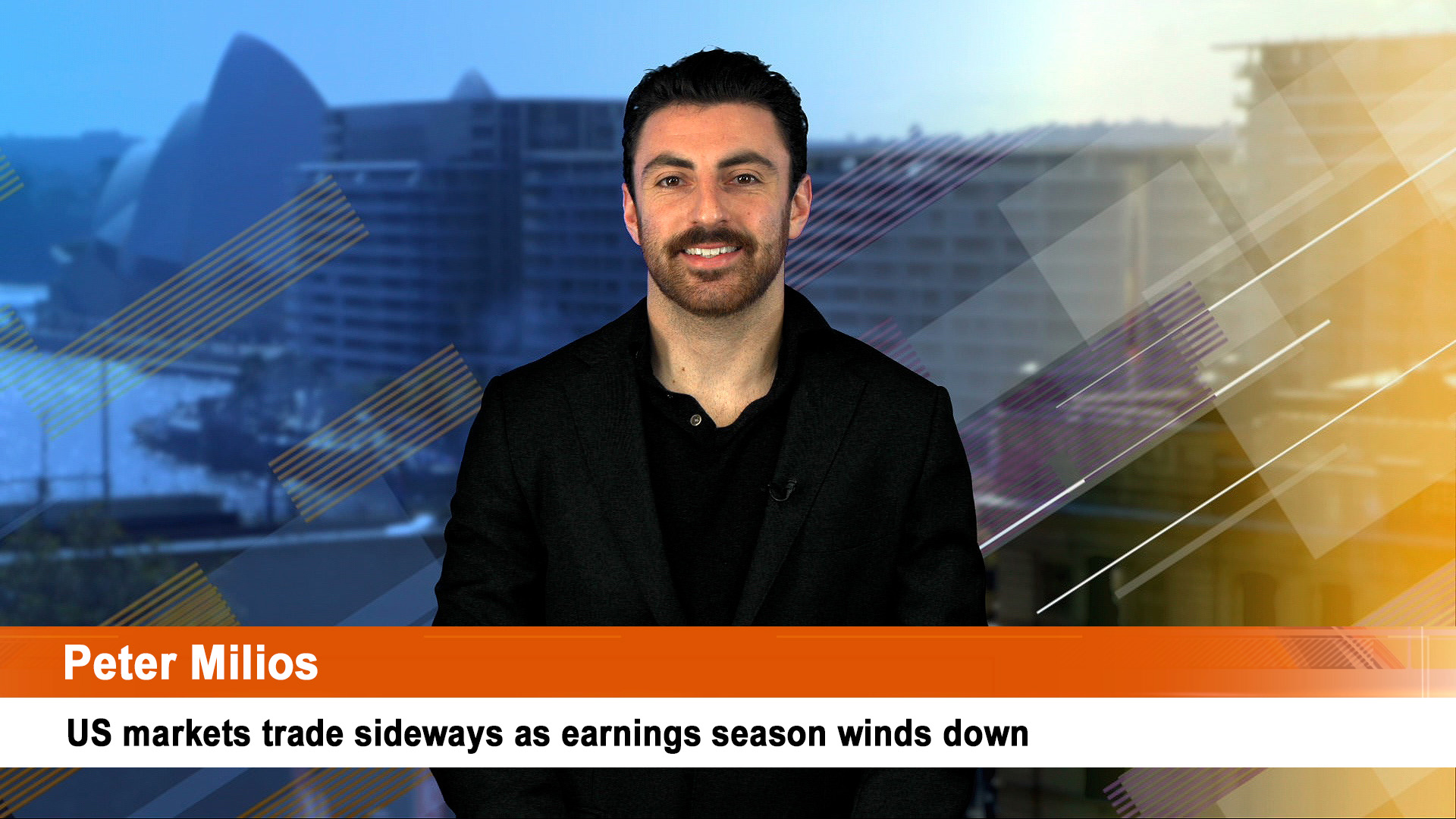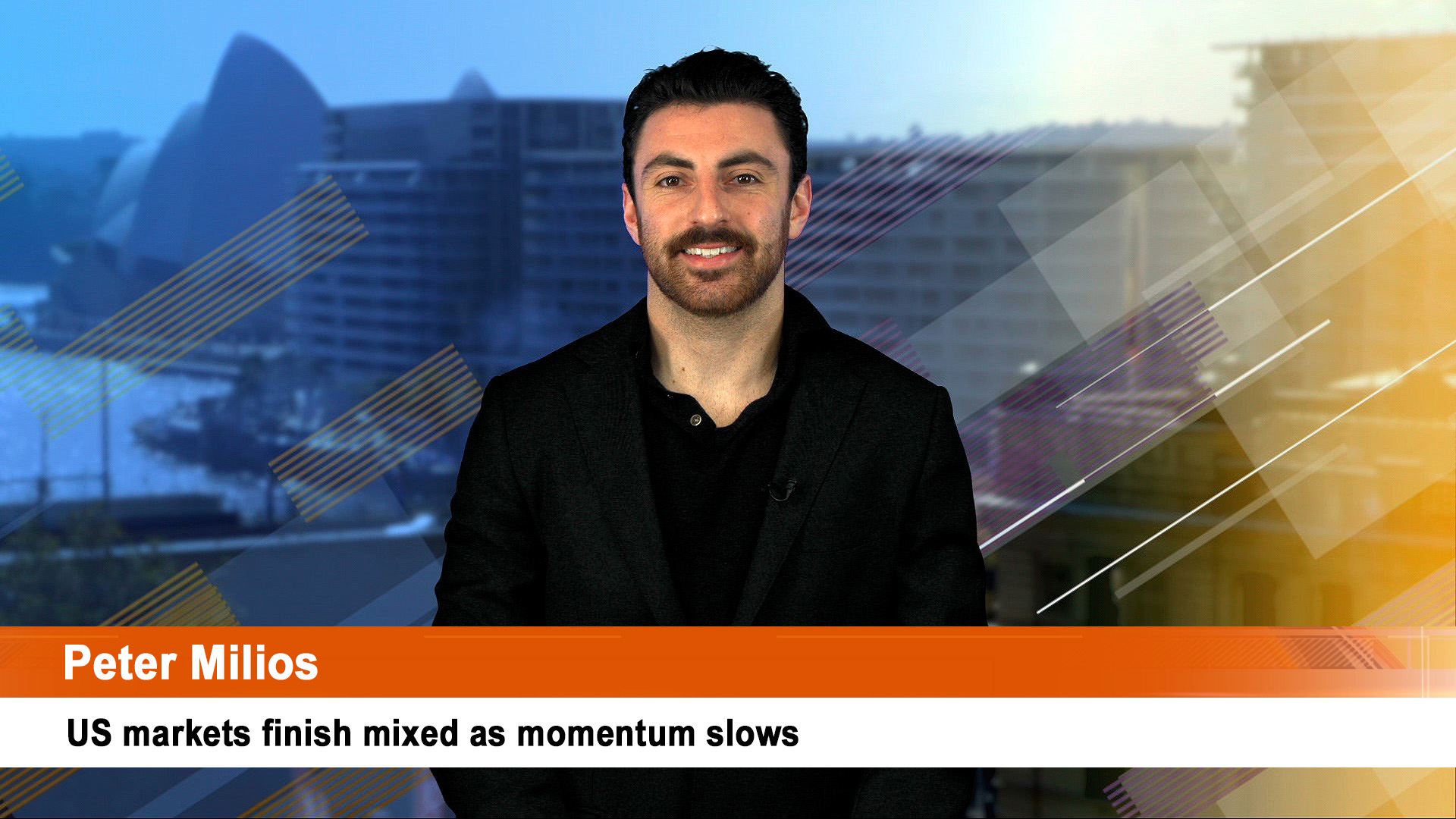The US debt ceiling crisis will be front of mind this week with the deadline for the US government to run out of money now extended to June 5 from the previous deadline of June 1 and a deal apparently in the works.
“We have come to an agreement in principle,” House of Representatives Republican Speaker, Kevin McCarthy said. “We still have a lot of work to do, but I believe this is an agreement in principle that’s worthy of the American people.”
McCarthy said he spoke to President Joe Biden twice on Saturday about the plan. “I expect to finish the writing of the bill, checking with the White House and speaking to the president again tomorrow afternoon,” said the California Republican, “Then posting the text of it tomorrow, and then be voting on it on Wednesday.”
The deal “has historic reductions in spending, consequential reforms that will lift people out of poverty and into the workforce, and rein in government overreach,” McCarthy said. “There are no new taxes and no new government programs.”
While an agreement between the Biden White House and the Republicans in the House of Representatives was announced on Sunday, there is no certainty that the hardline conservative Republican members of the House will agree to the two-year deal.
The same Republicans who forced 15 votes to approve the election of Speaker Kevin McCarthy (making him the senior Republican in the House) could again frustrate any deal he has struck with the Democrats.
If that was to happen, then there would be more uncertainty, though a deal could happen if McCarthy puts a deal to the vote and gets enough support from moderate Republicans and all the Democrats in the House of Representatives.
Wall Street’s AI boom, though, is diverting attention from the staple issues for investors such as the debt ceiling impasse, stronger-than-expected US economic data and renewed fears of a rate rise from the Federal Reserve next month.
The jobs report for May ends the holiday-shortened week in the US on Friday – it was also ignored in last week heady AI surge but could refocus attention on the Fed meeting in mid-June.
Globally (and led by China on Wednesday and Thursday) there’s the usual start of month surveys of manufacturing and service sector activity which will be watched closely to see if there are still signs of a slowdown in demand and output.
Economists say watch those figures from China to see if there is any improvement in manufacturing in particular from April’s surprise slide, and the same for the US where manufacturing activity remains weak.
…………
In Australia it will be the monthly inflation indicator for April, as well as major data on the value of construction work done and private investment in the lead up to the release of March quarter GDP numbers next week.
As well we will get some of the usual start of month data from the Australian Bureau of Statistics with the focus here the size of the monthly inflation reading for April on Wednesday.
AMP Chief Economist, Shane Oliver forecasts a further fall to an annual rate of 6.2% from 6.3% in March. He says this will provide “further confirmation that we have seen the peak in inflation at 8.4% year on year in December.”
Economists at Moody’s forecast a dip to 5.9%, which is that happens could cool continuing talk of a rate rise next week from the Reserve Bank at its June meeting.
There’s other data, April’s building approvals (on Tuesday), along with private credit data for the same month on Wednesday when the construction data for the March quarter will also be released.
The fall in housing construction is expected to drive a drop in the value of construction in the quarter and be a major negative for the national accounts and GDP Wednesday week.
Thursday sees the March quarter business investment data release and Dr Oliver sees a 1% rise in spending but a slowing in 2023-24 investment plans.
Housing finance data for April is out Friday but before that, May’s house price data from CoreLogic will be released and Dr Oliver thinks there will be “a further acceleration in home price gains to 1.4%month on month, making it three months of gains in a row, with Sydney leading the charge with a 1.7% monthly rise.”
…………
In the US the data focus will be on the May jobs report – market estimates are around 180,000 to 190,000 new jobs with the unemployment rate edging up from April’s 3.4% and wage growth down to 4.3% from 4.4%.
There’s also data on house prices, consumer confidence, job openings (The so-called JOLTS figures) and the weekly initial and continuing unemployment benefits figures on Thursday.
Eurozone preliminary inflation and unemployment data will be issued on Wednesday.
Germany’s second quarter of negative growth in the three months to March might signal a technical recession but economists say there’s still a surprisingly amount of underlying strength in the eurozone, despite of the still high inflation and energy concerns.
And Japanese economic data this week on unemployment and production are both expected to be solid – a small improvement in jobless numbers and a rise in industrial production.
The Japanese stockmarket remains at its highest level for more than three decades at a smidge under 31,000 points for the Nikkei. It is heading for a 7% jump for May and a gain of more than 18% year to date.













